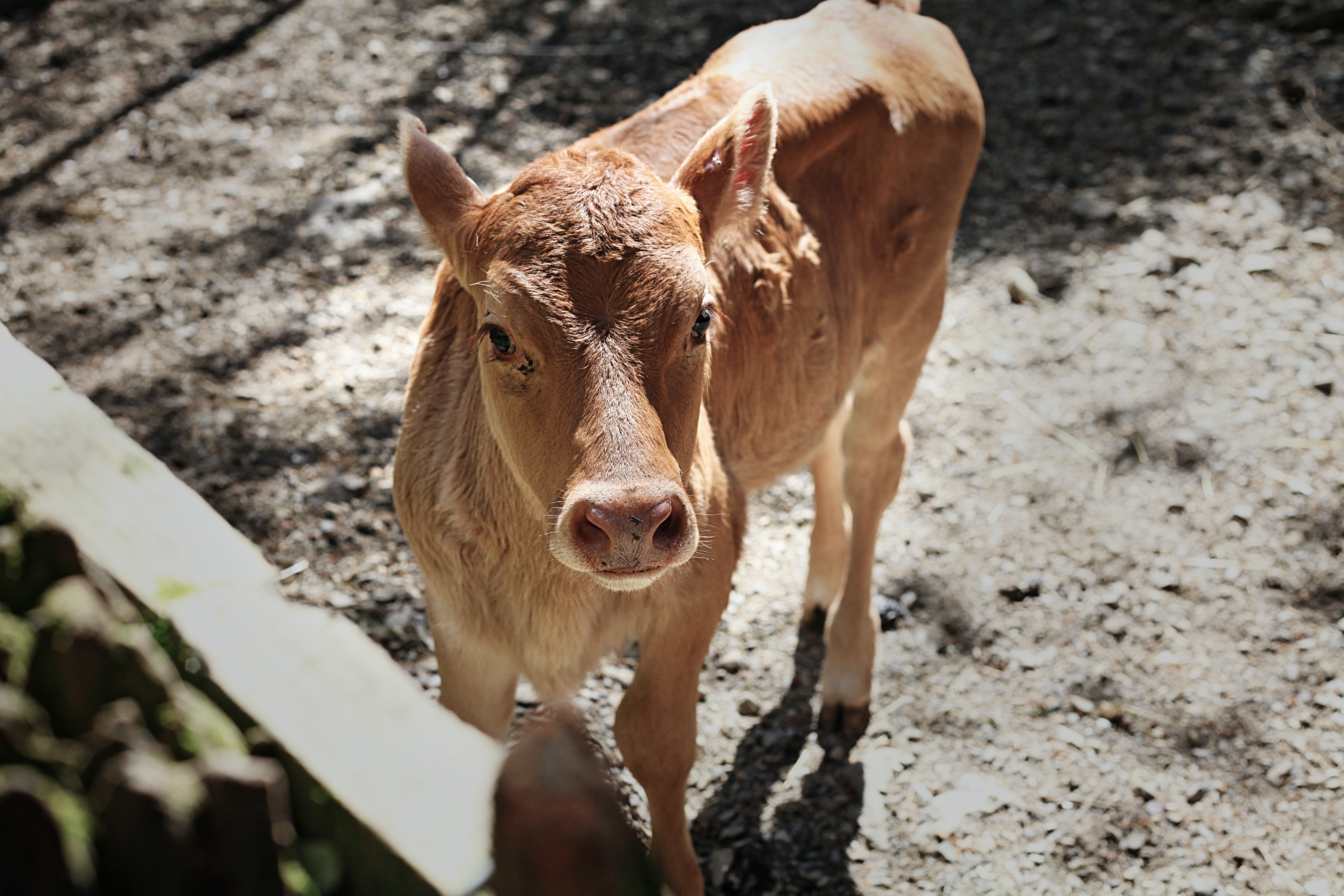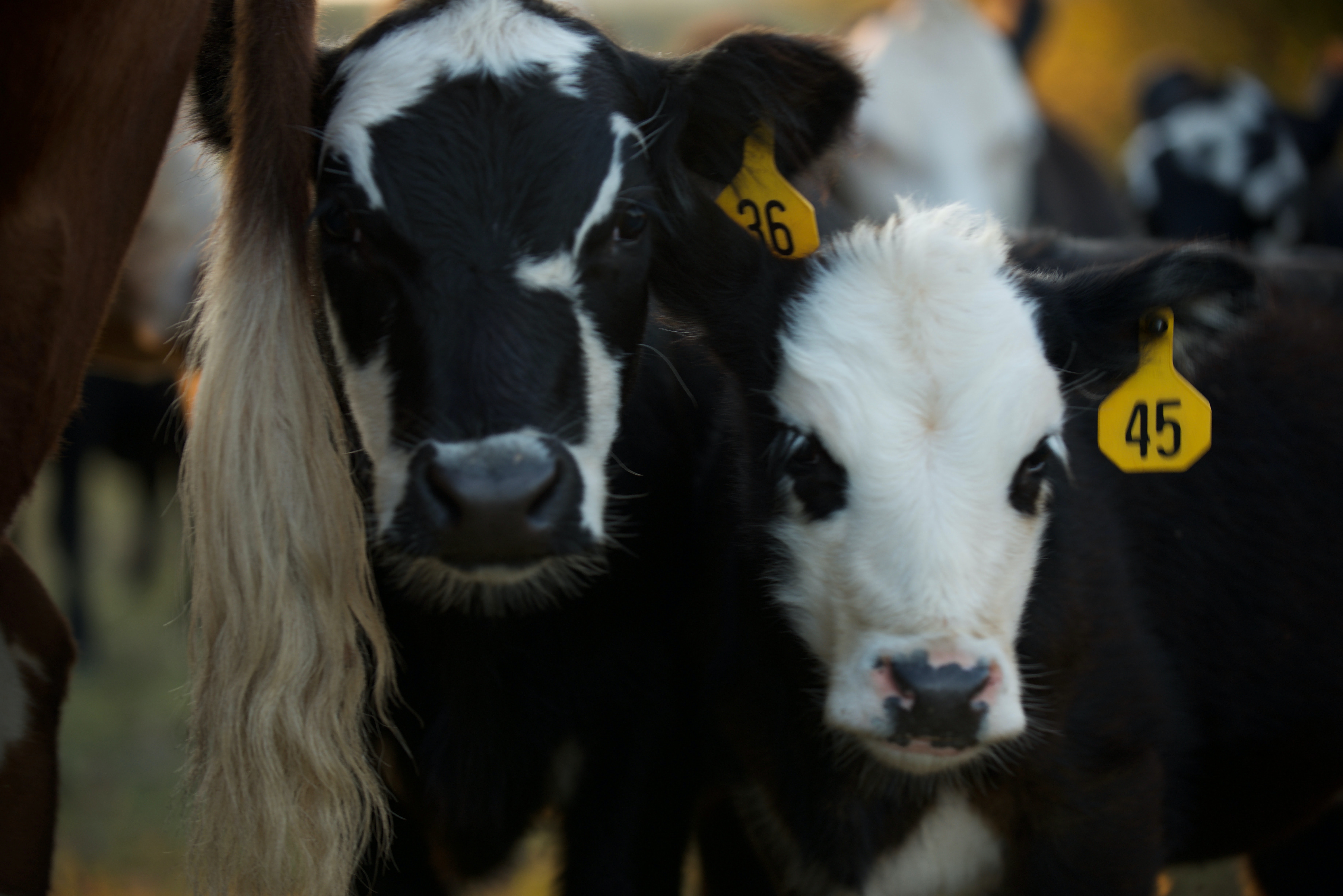BENEFITS OF RECORDING DATA
Farming is an incredibly labour-intensive industry. When you are already busy, it’s natural to feel resistant about adding extra tasks to your to-do list. Yet gathering the right data, at the right time, can gather insight that helps you to make confident decisions that drive beneficial long-term changes in your business.
Increase the efficiency and productivity of your herd
Why is gathering calf data so crucial to the general wellbeing of your business? Because the first twelve weeks of a calf’s life are critical in terms of their future productivity. Mistakes made during this crucial stage of development are difficult to recover in later life. Gathering the right data allows you to keep a discerning eye on development and intervene quickly if growth is lacking.
Raising heifer calves is the second largest annual production expense for dairy farmers (after feed). Anything you can do to make the process more efficient will help your business. That’s why data gathering can be so beneficial. Not least when it comes to ensuring your youngstock follow an efficient timeline for coming into calf themselves while remaining healthy.
According to a study of 500 animals by the Royal Veterinary College, heifers that calve between 23 and 25 months will go on to yield more over their first five years compared to those that birth later. There’s a positive impact on calf survival rates too. Unfortunately the average calving age is closer to 28 months according to AHDB Dairy. And many heifers don’t calf until 32 months, which adds 41% to rearing costs.
The need for careful tracking of growth rates is clear.

Support the health of your herd
Tracking the right metrics can help you to identify how certain factors – such as nutritional or housing changes – can impact the incidence of recurrent diseases like pneumonia, mastitis and scours among your herd (and youngstock). Finding new ideas for protecting the health of your herd will have a beneficial impact on your bottom line thanks to reduced reliance on veterinary costs and treatments.
Increase your profitability and future business security
When you increase the long-term health, efficiency and productivity of your herd, there are obvious beneficial knock-on effects for your profitability. There’s also an element of future business security that comes as you gather increasing amounts of data. Not only can you benchmark your own dataset against national averages. You can also use your data to make accurate forecasts about future business revenue. For example, when you have a reliable way to equate calf growth with future milk yield, you can more accurately gauge the future productivity of a dairy herd. There isn’t a business in the world that couldn’t benefit from a little more certainty in terms of future planning.
WHAT SHOULD YOU MEASURE?
Clearly there are big benefits that can be gained from recording data. But what, specifically, should you be recording? Here are some of the best metrics to monitor.
Daily live weight gain
In terms of future productivity, it’s impossible to overstate the significance of growth rates during the first twelve weeks of a calf’s life. Daily live weight gain is something to monitor shrewdly to make sure your calves are growing at the rate they should be. The goal is for heifers to be at 55-60% of their mature bodyweight by first breeding – and for calving at 24 months your heifers should be ready for bulling at 14-15 months.
>> Our online wall chart will help you hit growth benchmarks
Nutrition choices
Once you have an accurate measure of calf growth rates, nutrition can be adjusted accordingly based on target growth rates. This helps you to develop a feeding strategy that’s built on targeted efficiency – helping you to reduce waste and increase profits. Carefully experimenting with feeding amounts and methods will, over time, allow you to gain insight into how different foodstuffs affect growth rates and future milk yields – making it possible to continually optimise your calf feeding strategy.
Calf treatments and veterinary callouts
All beef and dairy farmers are aware of the need to maintain careful records on treatments that have been administered to their herd. But linking treatments to metrics such as DLWG or future fertility rates may reveal interesting data on how certain treatments are impacting the productivity of your herd. With this data you may be able to discuss alternative treatments with your veterinarian that are more beneficial for your herd’s productivity. It would also be worth keeping careful notes on your calves for differences in their general wellbeing, which will allow you to make any seemingly small changes to your management practices which could go on to make huge differences, such as using additional bales to protect against draughts etc.

HOW SHOULD YOU MEASURE DATA?
Knowing what to measure is one thing. Knowing how to measure it is a different story. Below are some of the most effective ways to monitor the weight and growth of your calves. Whichever you choose to implement, the most important thing is to be consistent. That way you can compare data fairly from one season to the next.
How often should you weigh calves?
To ensure your youngstock are hitting growth targets, AHDB Dairy recommends weighing calves at birth and then every three weeks thereafter.
Weighing with electronic scales
Electronic scales are highly accurate and, when set up correctly in a race or crush, the easiest method. Set up the scales on a firm, level surface. Use a known weight (for example, a bag of milk powder) to test. Calibrate regularly to maintain accuracy.
Height stick
A simple height stick allows you to measure height at withers. This is an easy way to make sure growth rates are what they should be. Have your calf stand on a clean, firm and level surface with their head upright. Line up the height stick with the back of the foreleg, slide down the crossbar and measure at the highest point of the withers.
Calf weighing tape
The Volac calf weighing tape estimates liveweight in kilos via measurement of heart girth. And it’s yours for free, if you want it. Restrain your calf and make sure the head is upright. Place the weighing tape over the calf’s back, just behind the front legs. Pull the tape under the belly using a reaching hook. Then align the indicator with the scale and read off the weight. Take care not to overtighten the band. Simply pull the band enough to flatten the hair, then stop.
>> Ask us to send you free calf weighing tape on Twitter or Facebook
How to record measurements
During the busy cut-and-thrust of daily life on the farm, you need to find a way to record data as quickly and easily as possible. That could be as simple as recording audio notes on a smartphone that you add to a spreadsheet later. You can also make use of purpose-built software like Sum-It or Volac’s Feed for Growth app, which is a convenient way to store your data in one place.
Over to you! And don’t forget to share your experiences with our farming community on Twitter or Facebook.
Published on: 14 April 2020
View all articles